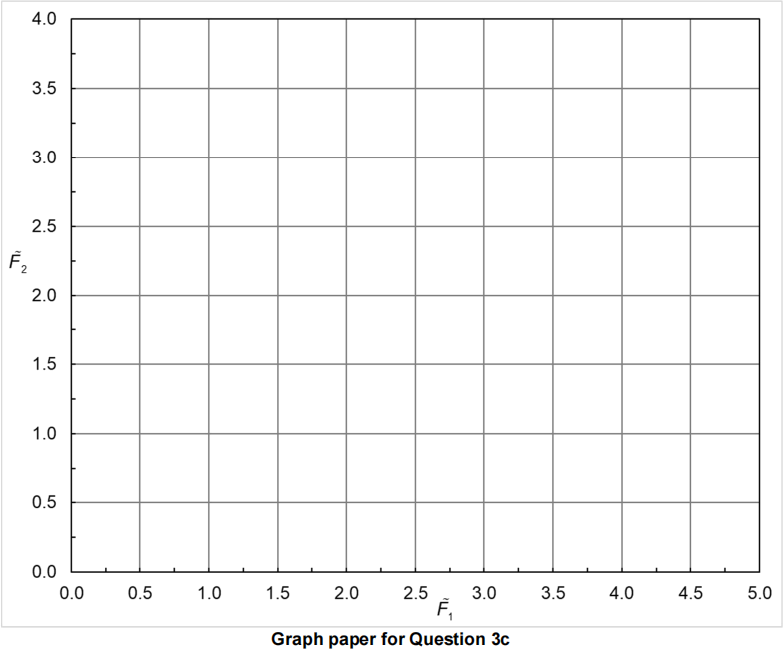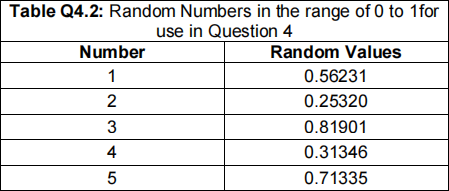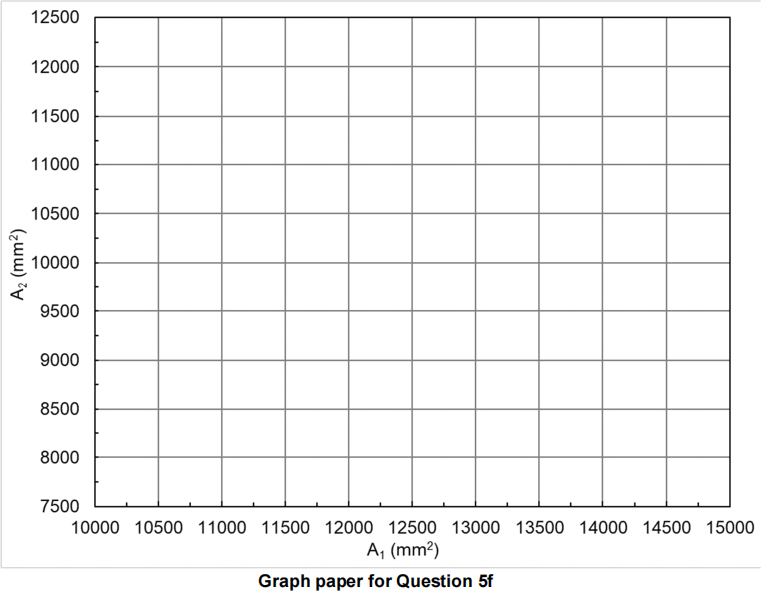关键词 > CIVE5024M/CIVE5971M
CIVE5024M/CIVE5971M Design Optimisation Semester One 2019/2020
发布时间:2023-08-03
Hello, dear friend, you can consult us at any time if you have any questions, add WeChat: daixieit
CIVE5024M/CIVE5971M
Design Optimisation
Semester One 2019/2020
1. This problem requires you to demonstrate your knowledge of solving constrained optimization problems. You are asked to:
(a) Please explain with the use of equations where necessary, the six Karush–Kuhn–Tucker (KKT) optimality conditions. [12 marks]
(b) An engineering design problem was defined by the formulation of equation (Q1). Write the Lagrangian and go on to solve the optimization problem. [13 marks]
Minimize: f (x1 , x2 ) = (x1 - 2)2 + (x2 + 1)2 (Q1)
Subject to: 2x1 + 2x2 - 4 = 0
2. This question examines your understanding of unconstrained optimization methods and techniques. You are asked to:
(a) Please explain the different steps of the Hooke-Jeeves method. [10 marks]
(b) Minimize the function of equation (Q2) by carrying out two iterations of the Hooke-Jeeves method showing all working. The initial or current point is x0 = [2,2] .The parameters for the Hooke-Jeeves method used for this problem are: The perturbation vector is P0 = [1,1] , the perturbation tolerance limit vector is T = [0.5,0.5 ] , the step size reduction parameter is (h = 2) and the accelerator factor (a = 2). [15 marks]
f(x1 , x2 ) = 2 (4 - x1 )2 + (x2 - 3)2 (Q2)
3. A structural component is being designed with only one design variable (x), which can have any value in the range of (0 £ x £ 4) . This component has two objective functions which have to be minimized. The first one corresponds with its frequency of vibration f1 (x) in Hz, represented by equation (Q3.1). The second one corresponds with the maximum stress of the component f2 (x) in MPa, represented by equation (Q3.2).
f1(x ) = 200 (x - 2)2 + 200 (Q3.1)
f2 (x) = 1200 - 225x (Q3.2)
You are asked to:
(a) Calculate the values of the Utopia point (f10 , f20 ) for the multi-objective optimization problem and state the values of x where they occur. [5 marks]
(b) Normalise both criteria f1 (x) and f2 (x ) using the optimal values of each objective function. [3 marks]
(c) Calculate the normalised values for both objective functions F1 andF2 , for only the
following values of x = {0.0, 0.5, 1.0, 2.0, 3.0, 3.5, 4.0} . Then go onto plot only the Pareto optimum curve in the graph paper below. [5 marks]
(d) Use the Weighted Sum method with equal weighting factors of w1 (x) = w2 (x ) = 0.5 to formulate the minimization optimization problem. [6 marks]
(e) Solve the minimization problem formulated in part (d) of this question, identifying the
obtained optimum design, the value of the weighted sum minimum, the value of x, and the values for the two original objective functions. [6 marks]

4. This question requires you to demonstrate your knowledge and understanding of stochastic population based optimization methods used for solving design optimisation problems. You are asked to:
(a) Explain the Simulated Annealing (SA) method, including the five steps of the algorithm. [10 marks]
(b) Use the Simulated Annealing (SA) method, with the linear temperature update scheme, to calculate the design variable and minimal function value for equation (Q4) after only two full iterations of the algorithm. [15 marks]
 (Q4)
(Q4)
The Simulated Annealing (SA) parameters to use for this problem are given in Table Q4.1. The
5 random numbers given in Table Q4.2 need to be used in the order given, to solve this problem.

Use the list of random numbers from Table Q4.2 in the order in which they appear to solve your problem:

5. The wall bracket of Figure Q5, needs to be designed to support the load F = 1.2 MN. The
material for the bracket should not fail under the action of forces in the bars in either
compression or tension (buckling is not considered in this problem). The allowable stress for the material in tension or compression is ±160 MPa. The stresses in beams 1 and 2 are given by equations (Q5.1) and (Q5.2), where the fraction of the applied force carried by the two
beams is F1 = 2 MN and F2 = –1.6 MN. This problem requires the total volume of the bracket to be minimized, with the areas of the two beams restricted to the following range of values:
10,000 < A1 < 15,000 mm2 and 7,500 < A2 < 12,500 mm2.

You are asked to:
(a) List all data and information required to solve this optimization problem. [5 marks]
(b) Define all of the design variables. [2 marks]
(c) Define the optimization criterion (objective function). [2 marks]
(d) Formulate all constraints for this problem. [6 marks]
(e) Formulate the optimization problem in the standard mathematical format. [3 marks]
(f) Solve the optimization problem using the graphical method by using the graph paper in page 6. Define the feasible and unfeasible regions in the graph and give the optimal areas of the two beams and the optimal volume of the bracket. [7 marks]


